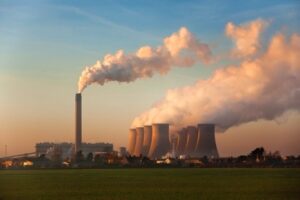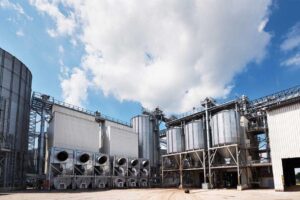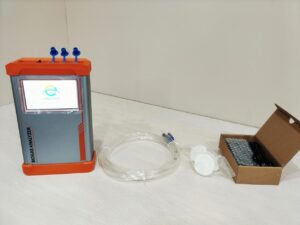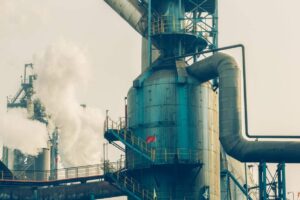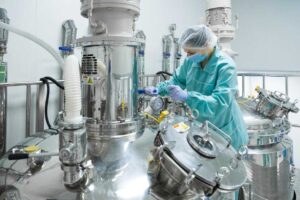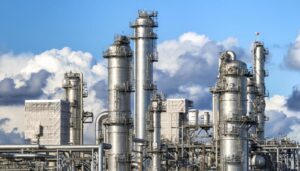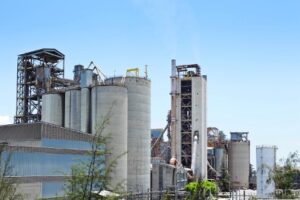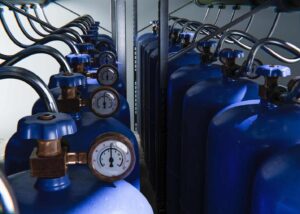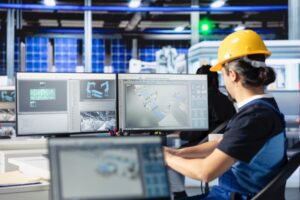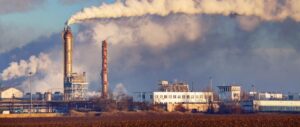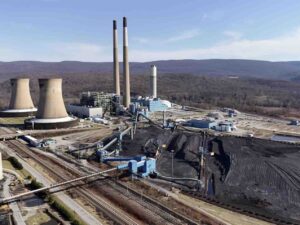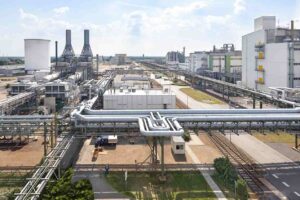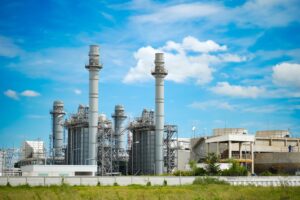In the quest to ensure comprehensive fire safety and prevention, one of the most important steps is to invest in quality gas analyzers.
In this blog post, we’ll discuss why gas analyzers are necessary for commercial businesses, as well as provide a guide on selecting the right type of analyzer for different applications.
Gas analyzers play a critical role in keeping business owners informed about hazardous conditions before they lead to a combustible or hazardous incident.
Investing in quality equipment from trustworthy brands will maximize your protection against fires and other dangerous gases that can cause costly damage if ignored.
Keep reading for all you need to know about gas analyzers and how you can use them effectively!
What Gas Analyzers Are and Their Main Purposes?
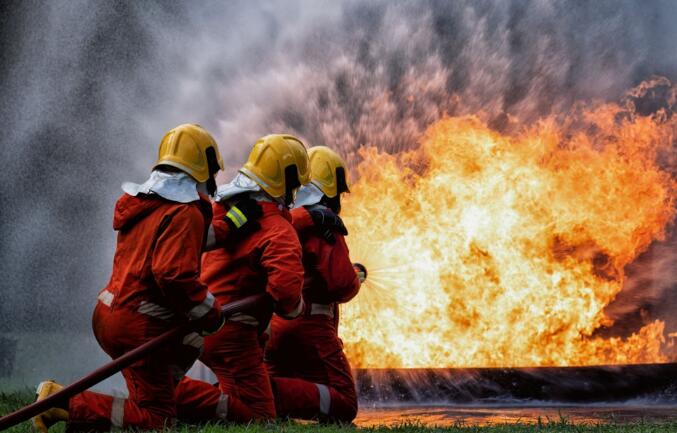
A gas analyzer is a device or instrument used to measure the composition and/or concentration of gases present in a specific sample. Understating how gas analyzer work will help a lot in fire safety and prevention.
Gas analyzers are typically used in environmental monitoring; industrial process control, contaminant detection, and other applications where knowledge of the precise concentrations of certain gases can help determine optimal conditions or identify potential safety hazards.
When analyzing the samples, many gas analyzers rely on several methods including spectroscopy (infrared and UV), chromatography (mass spectrometry and ion mobility spectrometry) as well as electrochemical sensing.
The types of measurements made by a gas analyzer can give information about the chemical components present such as oxygen, hydrogen sulfide, and carbon dioxide levels.
Depending on its use case, some gas analyzers may also be capable of providing analysis for toxicity levels from harmful chemicals like carbon monoxide.
Gas-analyzing instruments are commonly utilized in industrial processes that generate gaseous residues, allowing for continuous feedback regarding which substances need to be removed from production lines before generating products or services with consistent quality standards.
Other uses include;
- Air quality assessment within buildings or large areas like commercial malls;
- Leak detection for systems carrying combustible gases;
- Verifying that charcoal-burning stoves meet safety requirements.
- Testing portable tanks containing hazardous wastes such as propane cylinders;
Accurate measurements are regularly required to ensure contamination levels are kept in check and operational efficiency optimized.
In certain emergency circumstances, these devices must be deployed for sampling operations and be able to withstand the varying requirements of each application.
How Gas Analyzers Help In Fire Safety And Prevention & Their Importance!

As you can see, gas analyzers are used in a variety of industries and applications. Without gas analyzers, it would be difficult to accurately monitor gas levels and take action if needed.
For fire safety and prevention and power plant applications, gas analyzers are an essential tool in helping to prevent fires and gas-related disasters. Below are some ways gas analyzers help with fire safety and prevention:
- Detecting Combustible And Non-Combustible Gases
Gas analyzers help to detect the presence of combustible and non-combustible gases in an environment, providing critical insight into potential fire risks.
The gas analyzer can then be used to adjust the gas levels to ensure that no combustible gas is present, reducing the risk of a fire.
- Early Warning System For Combustible Gases
Gas analyzers act as an early warning system, alerting the necessary personnel when a dangerous level of combustible gas has been detected in the air.
This gives fire safety teams time to respond and take the appropriate action to prevent a fire from starting.
- Detecting Gas Leaks
Gas analyzers are also used to detect and monitor for gas leaks, ensuring that potentially dangerous concentrations of combustible or flammable gases don’t build up in an area.
If a leak is detected the appropriate personnel can be alerted and the leak managed quickly.
- Monitoring Flammable Gas Concentrations
For areas where flammable gases are present, such as fuel storage facilities or laboratories handling hazardous materials, gas analyzers can be used to continuously monitor and ensure that the concentrations of these potentially dangerous substances remain at safe levels.
- Detecting Harmful Air Pollutants
In addition to combustible and flammable gases, gas analyzers can also be used to detect the presence of other dangerous airborne substances such as carbon monoxide or nitrous oxide.
This provides an important layer of protection against these harmful air pollutants.
- Monitoring Oxygen Levels in Confined Spaces
The majority of combustible materials require an adequate supply of oxygen to burn. Gas analyzers can be used to monitor the level of oxygen present in confined spaces, ensuring that there is always enough available for combustion not to occur and preventing fires from starting.
- Detecting Hazardous Gases Such As Hydrogen Sulfide Or Chlorine
At certain concentrations, gases such as hydrogen sulfide and chlorine can be highly toxic.
Gas analyzers provide an effective way to monitor their presence in the air, ensuring that personnel are not exposed to potentially dangerous levels of these hazardous substances.
- Monitoring Ventilation Efficiency
The efficacy of a building’s ventilation system can be monitored using gas analyzers, ensuring that areas remain free from dangerous levels of combustible or flammable gases and pollutants.
- Preventing Explosions
Having the ability to detect and monitor for hazardous gases can also help prevent explosions from occurring. If a potentially dangerous concentration of combustible or flammable gas is detected then steps can be taken to diffuse it before an explosion occurs.
- Ensuring Safety in Laboratories
Gas analyzers are essential for ensuring the safety of laboratory personnel.
They can be used to detect combustible and flammable gases as well as monitor air quality levels, allowing lab workers to work without fear of fire or exposure to hazardous substances.
The Different Types of Gas Analyzers Available on The Market!

Knowing the right gas analyzer to fit your needs is critical for ensuring that your property is safe from potential fire risks.
Depending on the purpose and environment, gas analyzers come in a range of types and configurations, each designed for specific applications. Let’s take a look at some of the gas analyzers available:
- Paramagnetic Gas Analyzers:
The first type of gas analyzer is the paramagnetic gas analyzer. This type of analyzer uses a paramagnetic sensor to measure the concentration of a gas in a sample.
The sensor works by measuring the magnetic field of the gas molecules, which can then be used to calculate the concentration of the gas.
- Infrared Gas Analyzers:
The second type of gas analyzer is the infrared gas analyzer. When a sample is passed through an infrared detector, the molecules of the gas absorb the infrared radiation and emit a signal that can be used to measure the concentration of the gas.
- Flame Ionization Detectors:
To measure the concentration of combustible gases, flame ionization detectors are used. This type of analyzer works by passing a sample through a flame and measuring the number of ions produced. The concentration of the gas can then be calculated from the number of ions produced.
- Mass Spectrometers:
For more precise measurements, mass spectrometers can be used. They measure the molecular masses of gases in a sample by passing it through an electric or magnetic field and analyzing the spectrum generated from this process.
- Electrochemical Gas Analyzers:
Finally, electrochemical gas analyzers are also available on the market today to analyze specific types of gases such as carbon dioxide (CO2).
This type of sensor works by measuring how much current is needed to reduce or oxidize a given molecule. The current is then used to calculate the concentration of that particular gas in a sample.
How To Choose The Right Gas Analyzer For Fire Safety And Prevention?
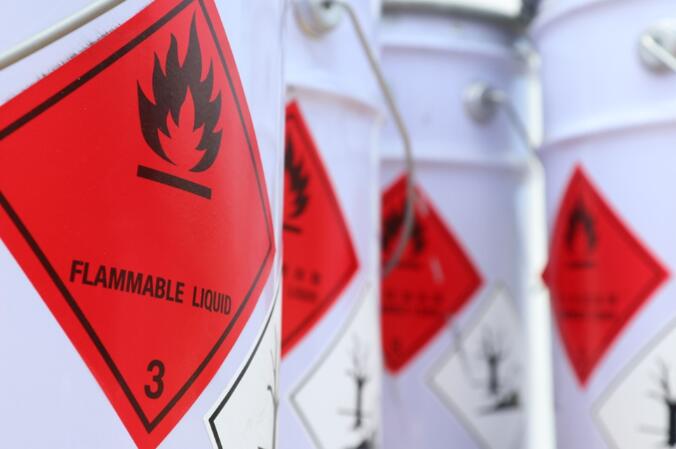
For fire safety and prevention, gas analyzers are an essential tool. However, it is important to know how to choose a gas analyzer that is right for you. Here are some factors to consider when choosing the gas analyzer that is right for you:
✔ Identify The Gas You Need to Measure:
Different types of gas analyzers are designed for specific gases, so it’s important to identify which gases you want your instrument to detect before selecting a model.
✔ Determine Your Budget:
Analyzers can range from a few hundred to several thousand dollars. It’s important to consider what you are willing and able to spend before making any purchasing decisions.
✔ Select Sensors That Meet Your Needs:
The sensors are the components of a gas analyzer that can detect and analyze gases. Make sure to select ones suitable for detecting fire-related gasses such as carbon monoxide (CO), hydrogen sulfide (H2S), methane (CH4), and other combustible gases.
✔ Consider Portability:
If you need to move your analyzer from one location to another, be sure that the model is lightweight, compact, and portable for easy transportation.
✔ Consider Ease Of Use:
When it comes to gas analyzers, the more user-friendly they are, the better – especially if you plan on training multiple personnel in their operation and maintenance. Look for models that are intuitive and have an easy-to-understand operation panel.
✔ Get Expert Advice:
The best way to make sure you select the right instrument for your needs is by speaking with experts like those at Enviro.
They can help you determine the best device for fire safety and prevention, as well as provide advice on the proper operation and maintenance of your instrument.
Conclusion
Fire safety and prevention are an integral part of our daily lives. Gas analyzers are a valuable tool to ensure safe measurements of hazardous gases from fires that can help keep lives, property, and equipment out of harm’s way.
The goal of this guide was to provide a comprehensive overview of the importance of gas analyzers and their potential uses in fire safety and prevention.
We hope this guide has been able to provide you with some new information, tools, or knowledge as you go forward in your part in making fire safety and prevention a priority.
If you are looking to get started with a reliable and accurate gas analyzer then look no further than EseGas. Their full suite of products is sure to meet any gas analyzer needs you have while ensuring the precision performance needed for reliable readings during fire safety tasks.
Make sure to visit their website today for more information about their features and offerings!




